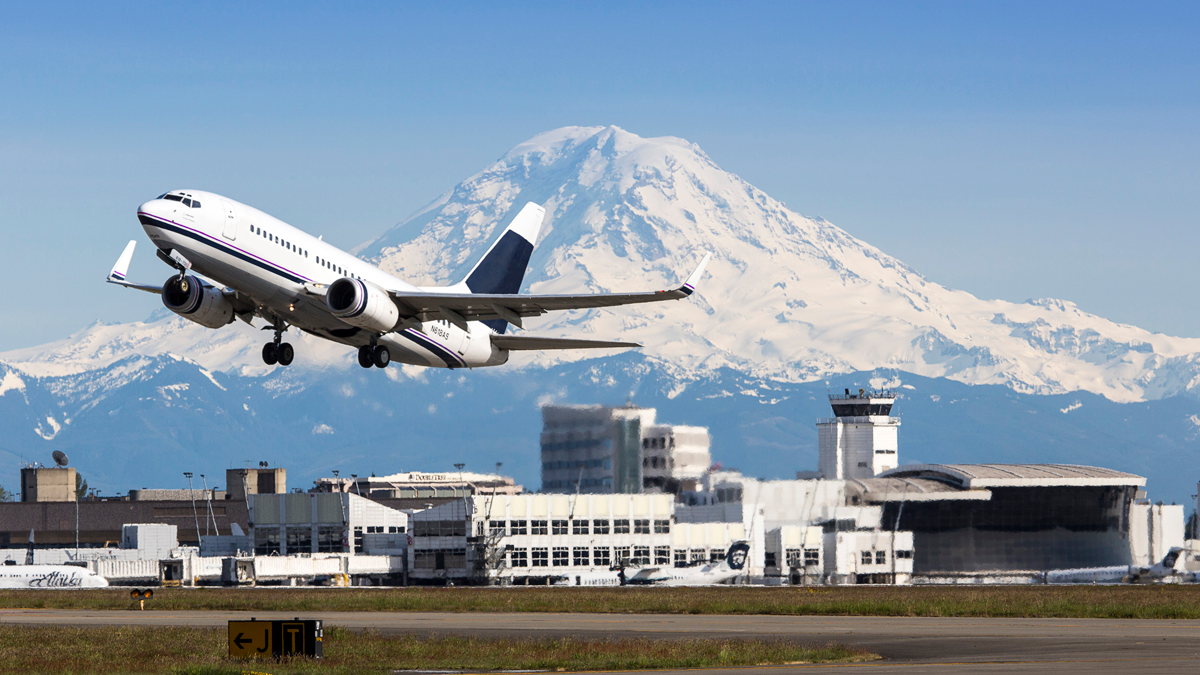
Characterizing the chemical content of urban nanoparticles will advance our understanding of sources and impacts on communities.
Background
The recently completed Mobile ObserVations of Ultrafine Particles Study (MOV-UP) demonstrated extensive and distinct geographic impact of ultrafine particles (UFP) from aircraft and on-road activity for communities within a 10-mile radius of the Seattle-Tacoma International Airport. A key finding of this project was that the size distribution and multipollutant features of on-road and aircraft sources were characteristically and significantly different. Developing methods to collect and characterize size-fractioned ambient UFP addresses this important gap while developing the internal University of Washington Department of Environmental and Occupational Health capacity to characterize nano-sized particles in both environmental and occupational settings.
Proposed Methods
In cooperation with community partners and stakeholders, a near-airport and near-roadway site will be selected for sample collection. At each site, samples will be collected over a 2-week period. Sampling will be repeated at each site over 4 seasons. Analysis of the size-fractioned samples will provide a spectral representation of the metal content across particles ranging in size from 16 nm – 10 um.
Project Outcomes
This project is structured to ensure continued engagement of community groups and stakeholders, validate a novel collection and analysis approach for urban nanoparticles and engage researchers across the University of Washington with an interest in ultrafine particle exposures and health impacts in order to identify novel solutions and research strategies.